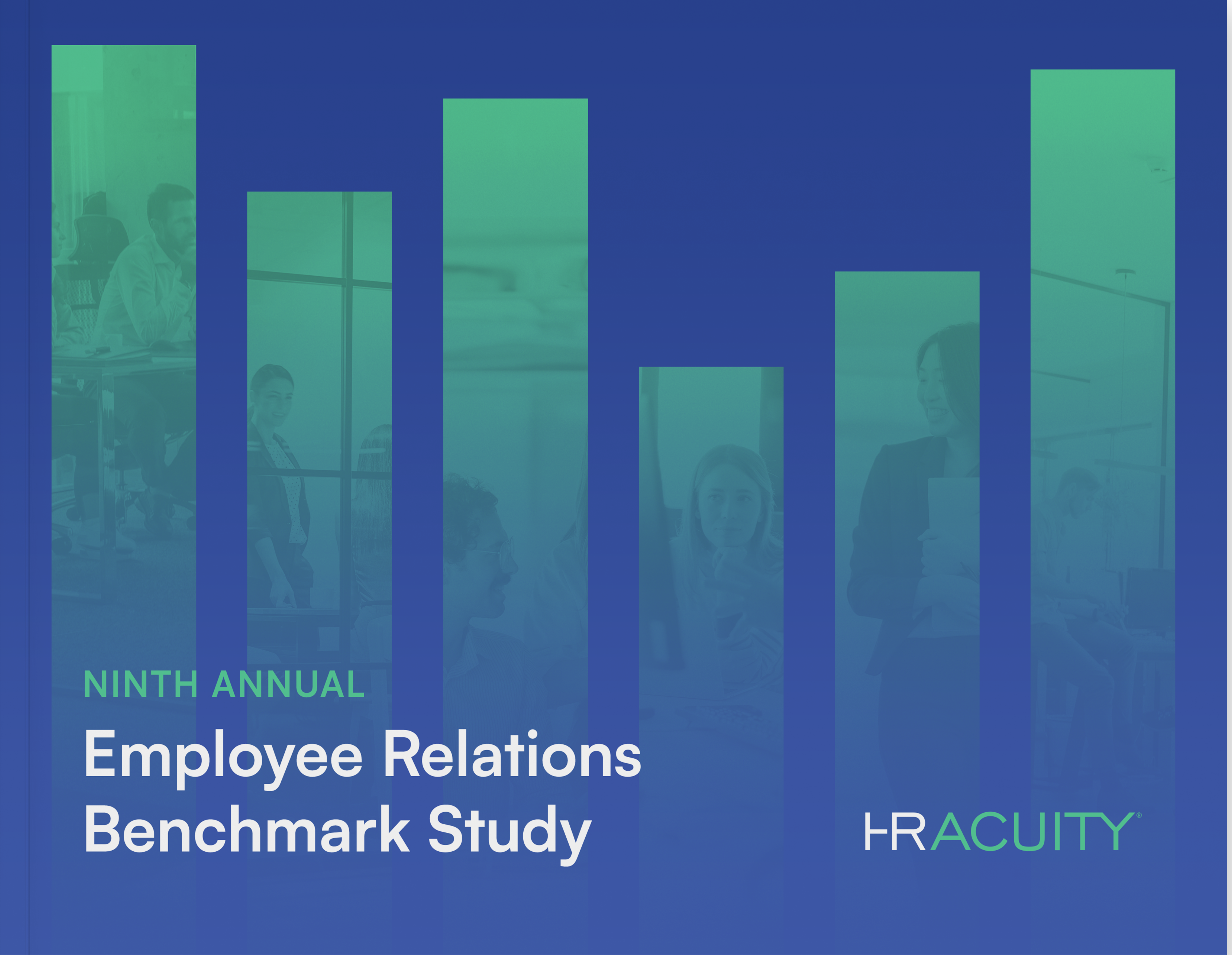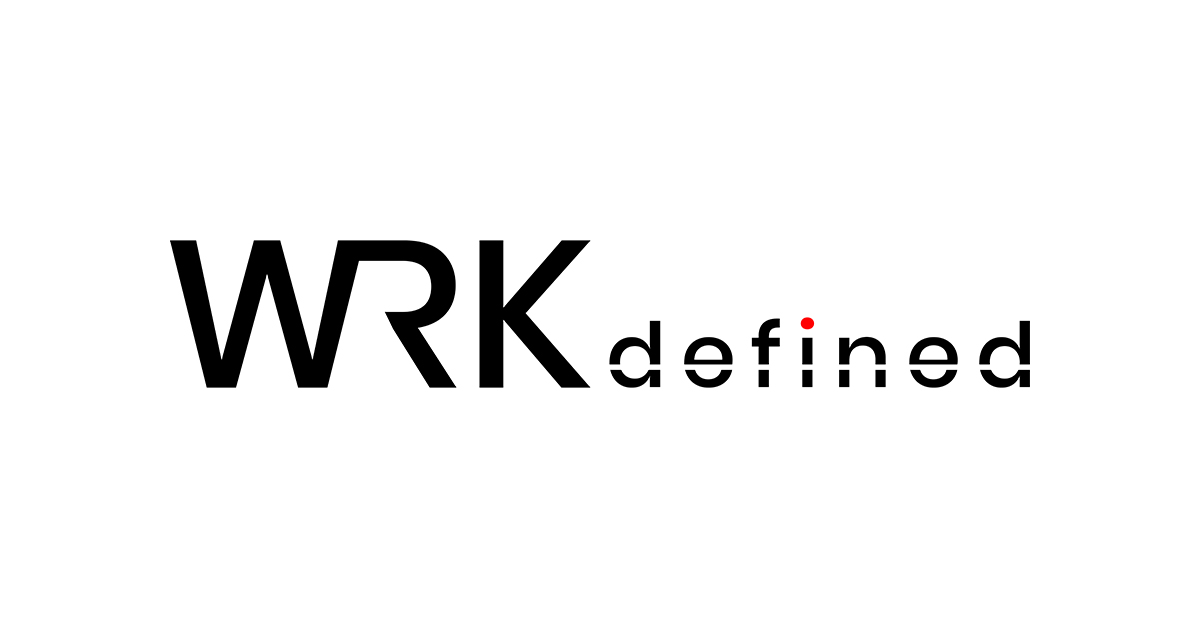Remember those paintings that looked like a bunch of spots that were all the rage in the 90s? If you unfocused your eyes, you’d eventually see a really clear picture, but to those who couldn’t do that, it was just…a mess? That’s kind of how Human Resources can be seen inside a company.
To employees, HR could be the person they see only when something goes WRONG. We‘re there when someone gets fired, during exit interviews, disputes and almost every talk “behind closed doors”. It’s easy to see why Human Resources is commonly misunderstood. HR has gotten a bad rap, but it’s largely undeserved. Here’s how to get employees to see the world through YOUR eyes.

Perception: HR Makes the Rules
Reality: It’s Not All Up to Us
Don’t shoot the messenger. Very often Human Resources professionals get the brunt of negative attitudes, even if we aren’t the ones who made the policies or decisions. Payscale revealed that 87% of employees don’t trust their bosses. And therein lies the rub, we’re all smart enough to know that HR isn’t the decision maker for the policies they enforce, but we’re all smart enough to not take it out on the people we have to work with every day. And often, that’s not HR. How to combat this: Be sure policies and standards are clearly communicated as well as in writing, and enforced without bias. When all leaders are involved in the documentation of everything from onboarding to exit interviews, HR ceases to be the scapegoat. Leaders also need to create an environment where it is understood exactly what Human Resources is responsible for and imbues a respect for that authority in all departments.
Perception: What Does HR Even Do?!
Reality: HR is the Sensible, Efficient go-to between Employee and Employer
When an employee brings up an issue with their Human Resources department, they may wonder, so what happened? They will usually be told that the situation is being handled, without information as to how or when. This can leave employees feeling as though their issues or complaints are being swept under the rug. And who’s to blame? The reality is that most employee relations issues are dealt with confidentially. It is unwise, and unethical in many instances, to divulge information about complaints and how they were dealt with. You can address this directly with employees when they ask about their complaints. Don’t assume that your workforce has an innate understanding of employment law or how your company in particular handles claims. Take a step further and let the employee know why confidentiality is important. Establish that you adhered to all guidelines and practices and give them a record of the issue filed (there’s that wonderful documentation again!) Leaders can also publicly acknowledge a job well done by Human Resources and establish their credibility as an advocate and intermediary.
Perception: HR’s hands are tied
Reality: Not Every Situation is Created Equal
Sometimes situations that employees deem unfair are within the boundaries of defined, acceptable workplace behaviors, meaning the end result makes everyone a little upset. Different working styles, personality clashes, budgetary issues, changing economic conditions can most definitely trigger risk, and even the most sympathetic HR professional cannot change the hard line facts. 18% of US workers claiming to hate their jobs, and complaints can roll into HR pretty frequently. Unfortunately there is no HR Fairy to fix these issues. Keep policies and processes front of mind, not in a dusty binder in the back office. Some companies have a friendly tip in the interoffice email, others post new processes in the break room or on the company intranet. Encourage employees to learn policies on their own so they can come to HR prepared and can differentiate between a team spat and a pattern of discrimination. When an employee reads something in black and white, they are less likely to file a complaint that they now realize is unfounded. Your record keeping will serve you well here as well, since hard evidence can calm even the most tempestuous of emotional storms.
Perception: HR is the department to work “around”
Reality: We Didn’t Always Get That Memo
That raise, promotion, new job or promise that your manager made may not have made it to Human Resources…yet, or ever! CareerBliss conducted a study that revealed that just fewer than 7% of workers believe that HR looks out for workers. For most of the dedicated HR professionals I’ve talked to and the CEOs that trust them, that number seems outrageously unfair. This problem has multiple solutions that must work in tandem. The first is to create a simple system that managers and HR and the executive level can all access for different types of information to make decisions AND for the ability to communicate on new hires, raises and altered work schedules or transfers. It’s easy to dismiss these as administrative tasks, but to your employees they are anything but, so keep the lines of communication open and easy.
Perception: HR is just a mouthpiece, they have no real power.
Reality: It’s a Tug of War to Protect ALL sides
72% of employees consider HR to be management’s puppet. Ouch! With the above issues forming the perception of HR as unhelpful or unresponsive, it’s no small wonder that employees perceive HR isn’t on their side. But just because it’s understandable, doesn’t make it true.
“They gauge the HR person by their affect on the employee’s need. As an example, the employee wants HR to make an exception for him; the employee doesn’t realize that an exception for him begins to set a precedent for how the company must treat other employees – employees who may be less deserving of an exception.” – HR Expert, Susan M. Heathfield
Being an HR professional is a constant balancing act of being an employee advocate, maintaining compliance and acting in the best interest of the organization. Employee relations have to be handled with a strategic approach and a specific set of parameters. Are you looking for a better and safer way to handle your employee relations? Take a look at our award-winning employee relations software today!




